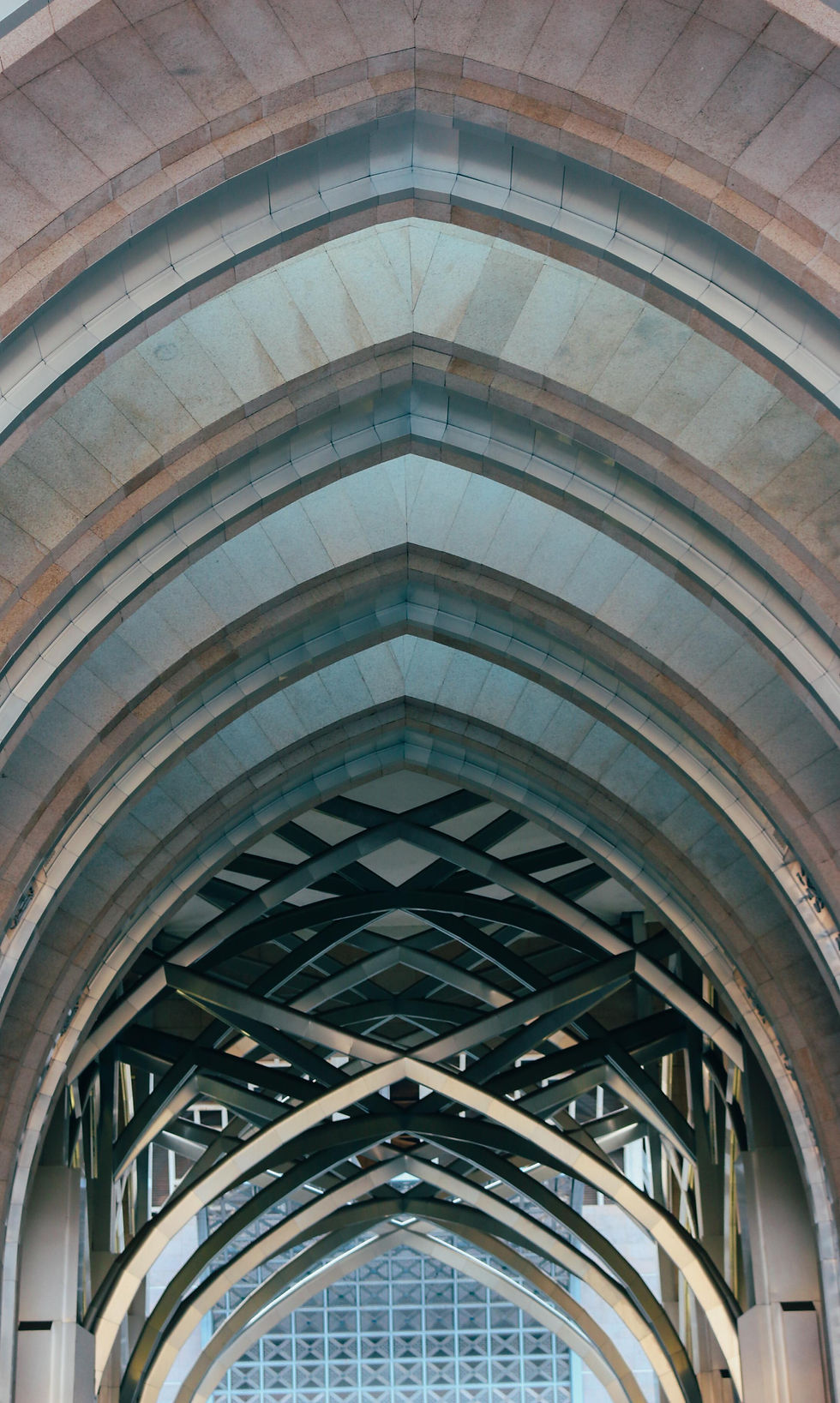Malaysian Mosque Meets Modernity
- Naeem Adam
- Nov 2, 2016
- 2 min read
Sacred architecture is often perceived and understood through its physical ensembles, adornments and spatial interpretations of ritual. Established through history and culture, the formations of Islamic architecture often manifests in monumental domes, overarching openings, skyscraping minarets and intricate decorative detailing
PUTRA MOSQUE –Putrajaya - Malaysia



Modeled after Persian Islamic architecture, the Mosque’s elements were derived from other Muslim cultures throughout the Middle East. In a hybrid fashion, it incorporates Malaysian, Persian and Arab-Islamic architectural design influences where the main entrance to the mosque is fashioned specifically to the likeness of the grand public building gates in Muslim Persia. The mosque is constructed of rose-tinted granite which gives it a desert-pink hue, offsetting the central woodwork on doors, windows and panels, adding to its opulence and monumentality within its context.
Often this “religious” aesthetic lends itself to secular environments in order to maintain its pattern language within its precinct, delineating the identity and character of that particular place.
PERDANA PUTRA –Putrajaya - Malaysia

Constructed with nuances of Mughal, Palladian and Neoclassic architecture, Perdana Putra in Putrajaya, Malaysia, exists as the Prime Minister’s Office, bearing the well-known sentiment of traditional Islamic grandeur and iconicism in both its spiritual and political building traits.
However majestic this monumental infill may be; between the wide boulevards inundated with flowering plants and repetitive geometries, it’s sometimes refreshing to spot the anomaly. A Frank Gehry in place may be too extreme for my pallet, but rather the few examples of modern interpretations of Mosque building spread across Malaysia, satisfying more than just the outdated understandings on form-giving and ritualistic understanding.
TUANKA MIZAN ZAINUL ABIDIN MOSQUE –Putrajaya -Malaysia



Popularly known as the “Iron Mosque” by the locals for its physical outlook of stainless steel and iron –in contrast to the traditional stereotomic brick edifices of its context- the Mosque features a distinct cooling system without any assembly of fans or an air conditioning system. An external moat allows for evaporative cooling and infinite views of the surrounding landscape and Malaysia’s majestic sunset. Its unyielding contextualism along the Tasik Putrajaya Lake makes this Mosque a prodigious example of 21st century Islamic symbolism.
NATIONAL MOSQUE –Kuala Lumpur-Malaysia







This uniquely designed mosque exemplifies a contemporary expression of traditional Islamic art, calligraphy and ornamentation. Its most prominent feature is the multi-fold umbrella-like turquoise roof which symbolizes the aspirations of an independent nation. Standing prominently against the skyline is the sleek and stylish 73m high minaret while the building beneath includes a school, a mausoleum, a library, offices, an open courtyard, and a grand prayer space. The Grand Hall is surrounded by deep verandas and reflecting pools that contribute to the tranquility of the wide boulevards that leads one to the main prayer space. Symbolizing more than just the spiritual notions of Mosque building, this example blends daily ritual of the secular rather seamlessly into the spiritual core of the prayer space; it considers its city and attributes gracefully to the newfound identity of Malaysia.





















Comments